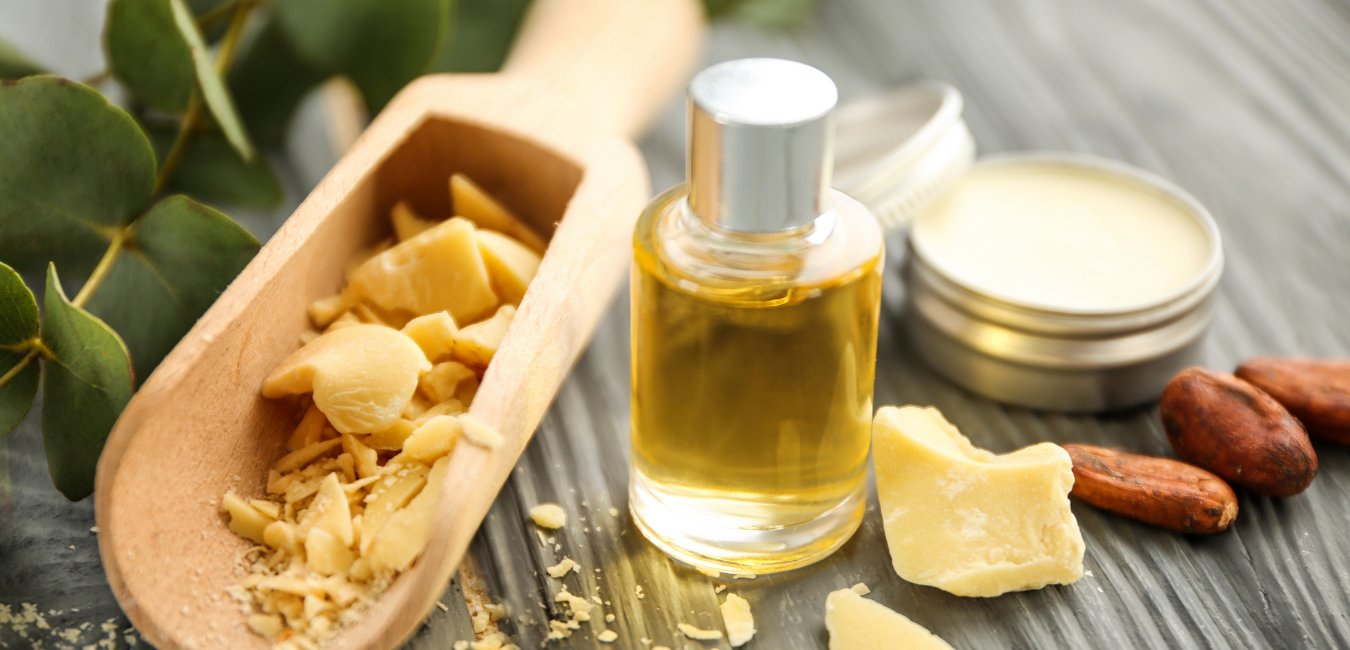Geotherapy is a technique that uses medicinal clay as a method of therapeutic intervention.
Studies have proven that chemical substances found in the earth are directly responsible for the healing and restoration of human cell tissue. Thus, clay proved to be a 100% natural anti-inflammatory, antiseptic and healing agent.
Clay is formed from the decomposition of the soil, caused by physical and chemical reactions in the environment, which - over the centuries - accumulate minerals such as iron, manganese, titanium, copper, zinc, calcium, phosphorus, potassium, etc.
Among the minerals found, silicon stands out: it is the second most abundant element in nature. Without it, it can lead to disruption of the connective tissue, showing signs of aging. That's why clay is widely used for aesthetic purposes.
The Use of Clay in Ancient Times

Historical accounts of humans using clay as a form of healing began with Aristotle (384-322 BC) and Pliny (23-79 AD) with reports of healing intestinal diseases by ingesting volcanic mud. In addition to that, clays have been used topically in spas as mud to absorb toxins from the skin and promote heat, stimulating circulation for the treatment of rheumatism.
There has been a resurgence of interest in clays with advances in modern techniques which allows the study of Nano-sized minerals on surfaces. Thus, it is possible to identify the special characteristics that make certain clays antibacterial.
What are the benefits of clay?
The use of clay brings many benefits, being commonly used on skin and hair. Its properties vary by type and by virtue of its components and extraction source.
Below are some common benefits of different clays:
- Reduces expression marks through the nourishment of skin tissues.
- Relieves tension by stimulating blood flow in the area.
- Reduces poor circulation, the iron present in some clays increasing blood flow in the application area.
- Eliminates toxins by an exchange of clay minerals with the skin, removing toxins and depositing minerals in the tissue.
- Helps renew skin cells through an antioxidant effect.
- Regulates secretion of the skin through an astringent action;
- Soothes hair removal spots (in areas such as underarms and groin), stimulating cell renewal.
What is the best clay for moisturizing?

Among the variety of clays, those that contain greater hydration due to their components are yellow, white, and pink clay.
These three types can contain elements that maintain cellular respiration and the balance of electrons in skin cells such as sodium, potassium, iron, magnesium, zinc, copper, and titanium.
For sensitive, oily, or mature skin, the use of white clay is recommended. While those with reddish or sensitive are recommended to use pink clay. Finally, yellow clay is suitable for normal, dry, or mature skin.
It is important to remember that after applying the clay, it is necessary to spray normal water, saline solution, thermal water, or hydrolates in the application area so that the clay does not dry on the skin, losing hydration properties.
What is each type of clay for?

There are different colors and types of clay - pigmentation is determined according to the main element of the composition.
For example, yellow and red clays are rich in iron, while brown and black clays are rich in Iodine. So, each type contains different components and purposes — check out how to use each one below:
-
Green
Green clay has a regulatory characteristic that can reduce oils and dirt, therefore can be considered an excellent antiseptic; it is indicated for oily skin and those with acne.
For oily skins, the application is recommended only in the T region of the face (forehead, nose, and chin) which are the areas where oil production is higher.
-
Yellow
Yellow clay has silicon as its main element, which can increase the formation of collagen in the skin (in addition to promoting elasticity)
-
White
White clay has moisturizing and healing properties, due to aluminum and magnesium. It is also good to note that it has the closest pH to the skin, 4.7 to 5.75 ph. Therefore, its use is indicated to apply in areas where there is skin dryer, such as cheeks and jaw.
-
Red
This clay is rich in iron, an element that participates in cellular respiration and gives it its reddish color.
Red clay is commonly used in various areas of the body for reduction treatments such as cellulite, stretch marks, or sun marks – as well as signs of aging in the face.
It can also be used on hair to help remove residue from the strands.
-
Black
Black clay can also be found under the name “volcanic mud”, and is indicated for detox treatments on skin and hair.
It contains a high concentration of aluminum, silicon, and titanium, which act in an anti-inflammatory way and provide the reconstruction of skin tissue and hair. It also has a calming effect and can help treat wrinkles.
-
Pink
Pink clay is a mixture of white and red, combining the benefits of these two clays. In this sense, hydration through the action of silicon and the treatment of cellulite through increased blood circulation, caused by iron, are the two main benefits.
It is indicated for sensitive and dehydrated skin, as it acts in a healing and soothing way, moisturizing without damaging the skin or clogging pores. And it can be used on the face, body, and hair, with the same moisturizing action for the hair.
-
Gray
This clay is rich in titanium, silicon, and aluminum, it also has a more alkaline pH (may cause dryness), so it is not suitable for use on hair. On the face, gray clay can treat inflamed skin lesions such as those caused by blackheads and pimples.


